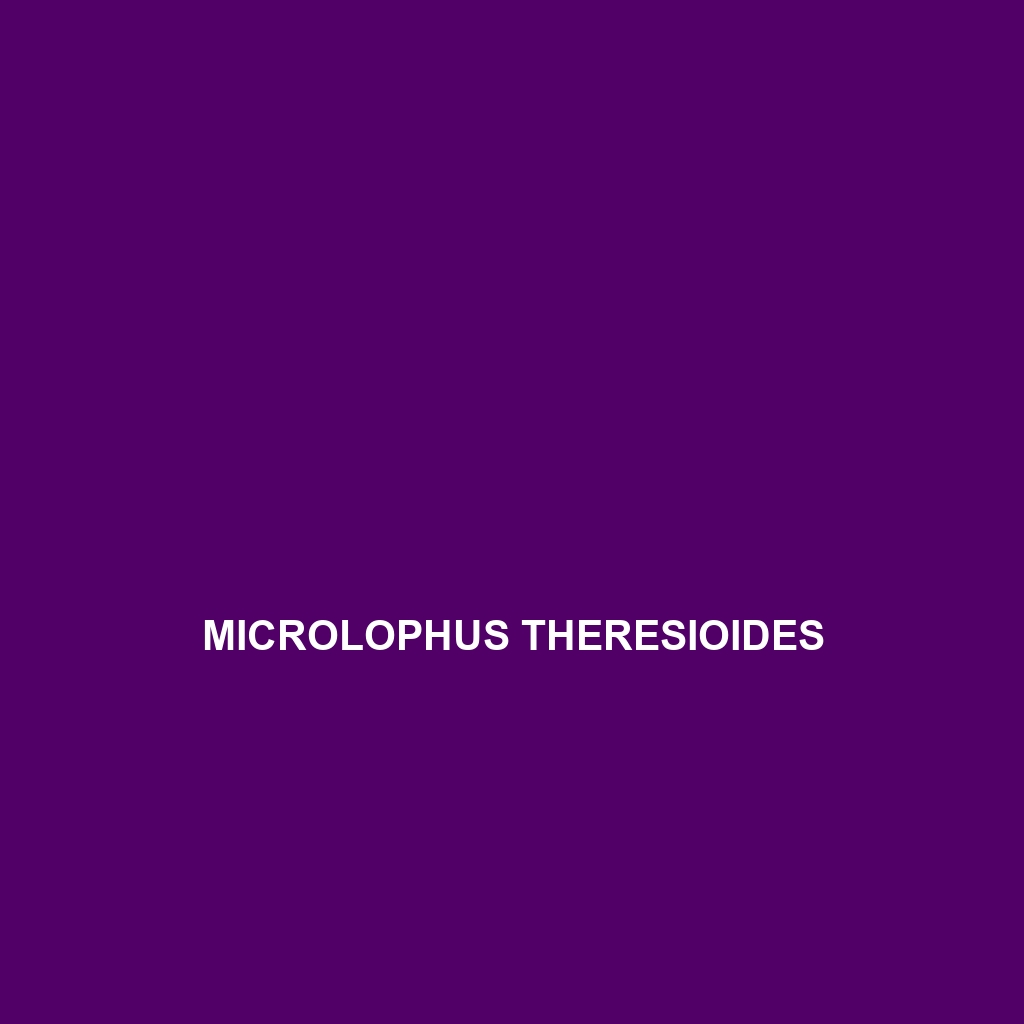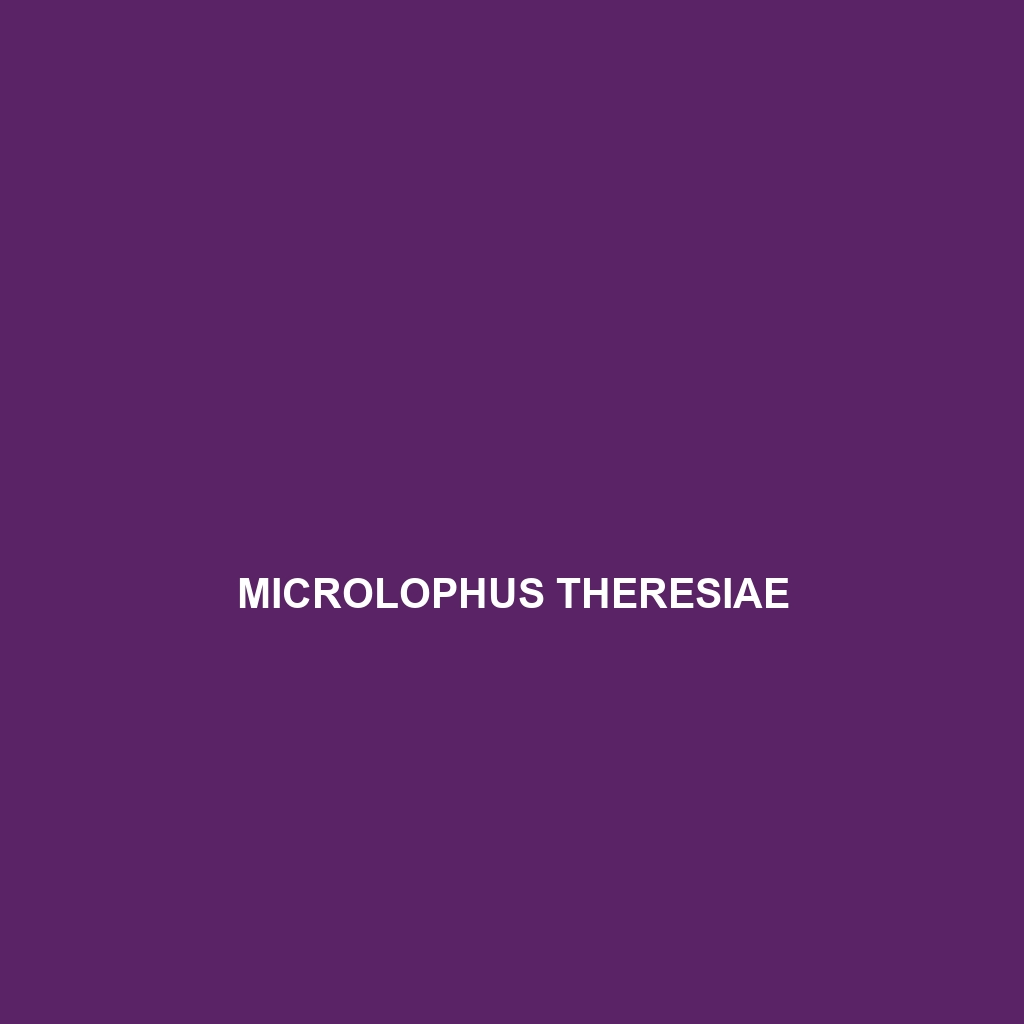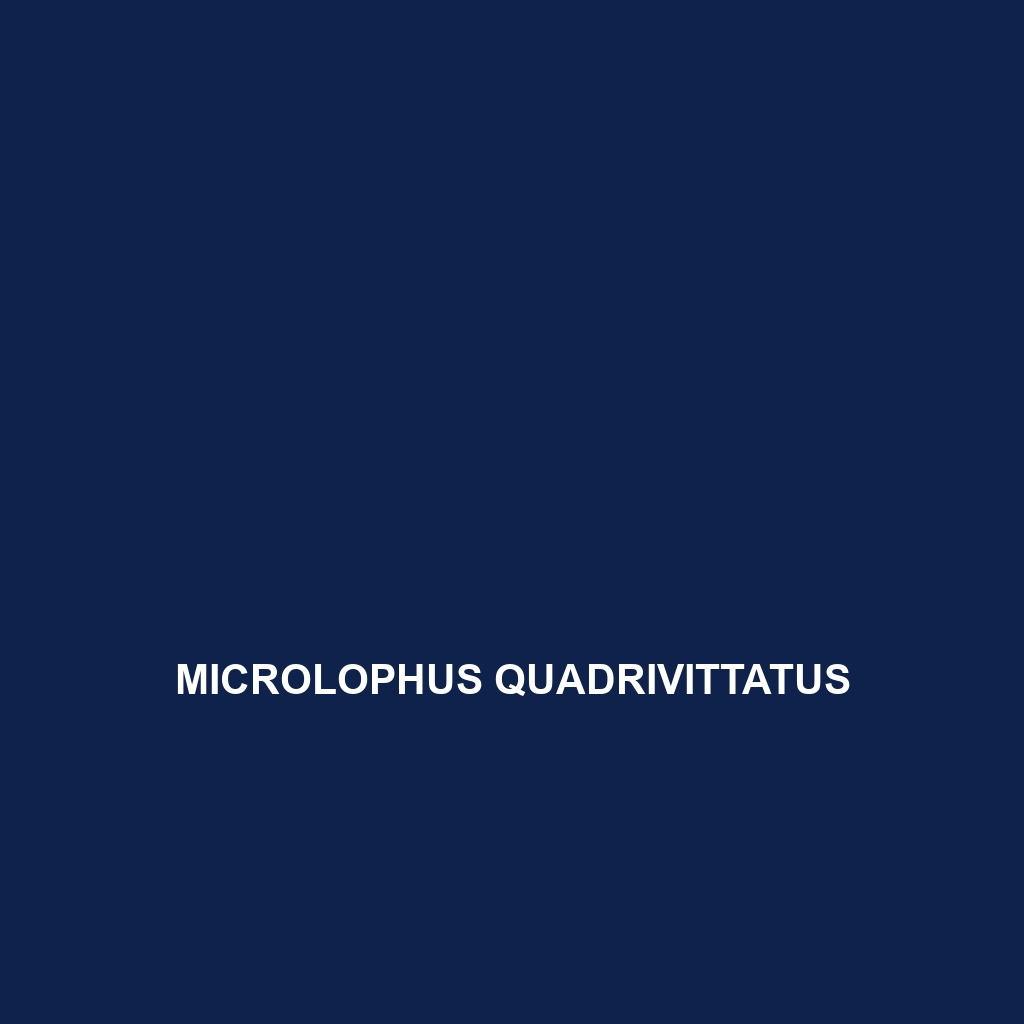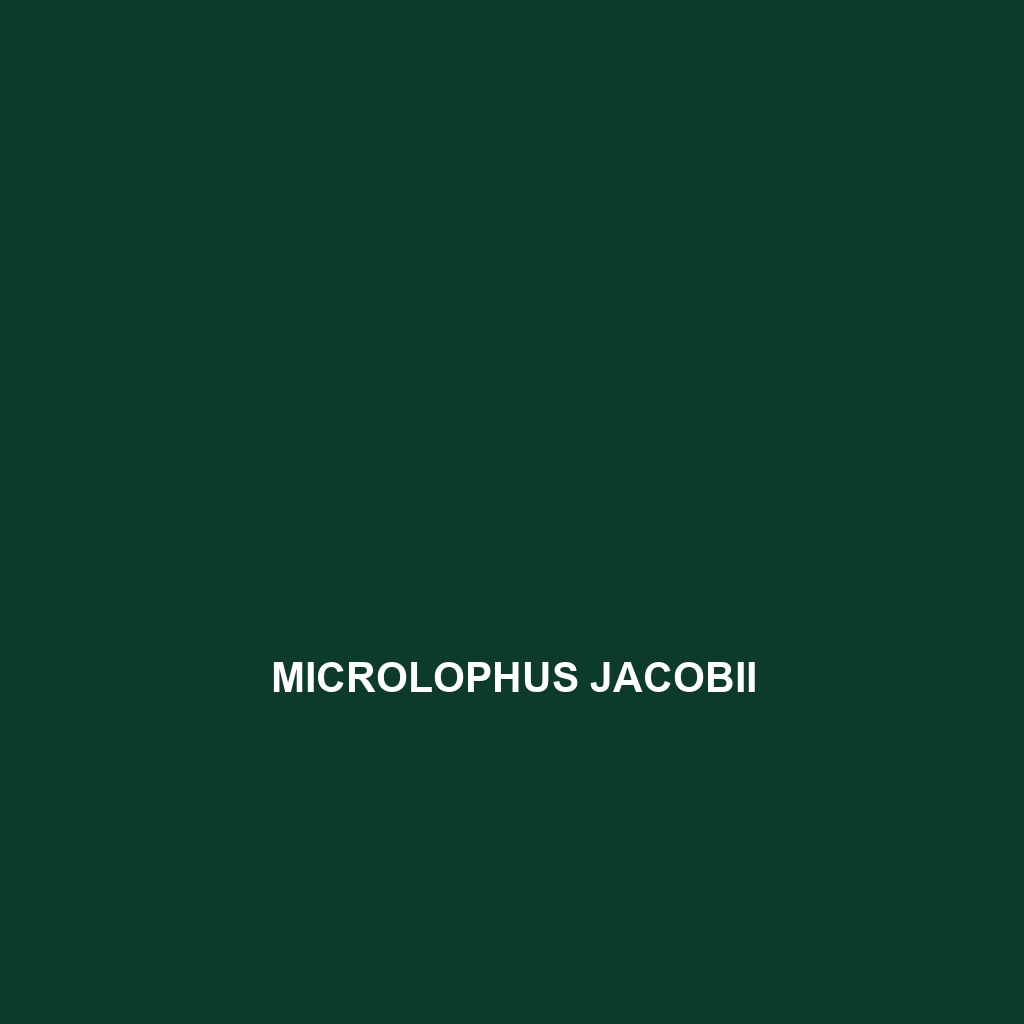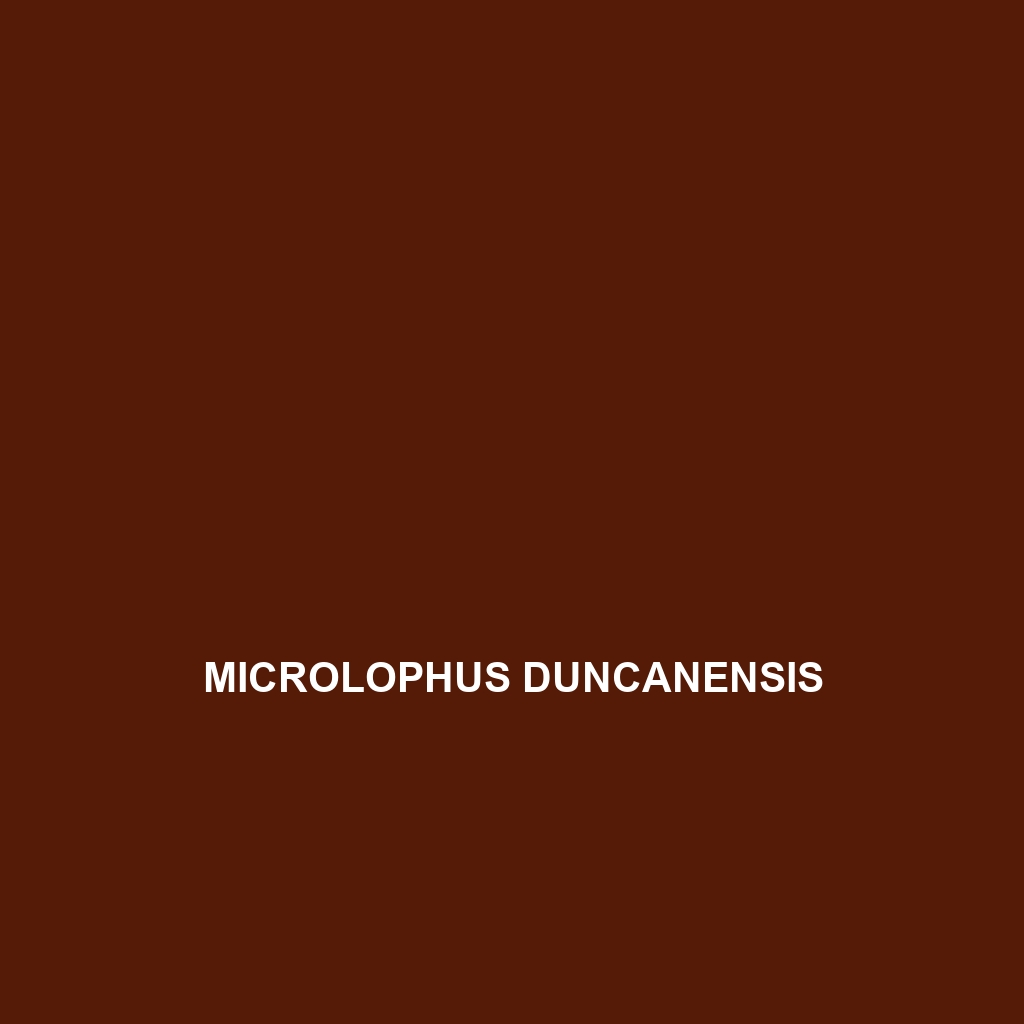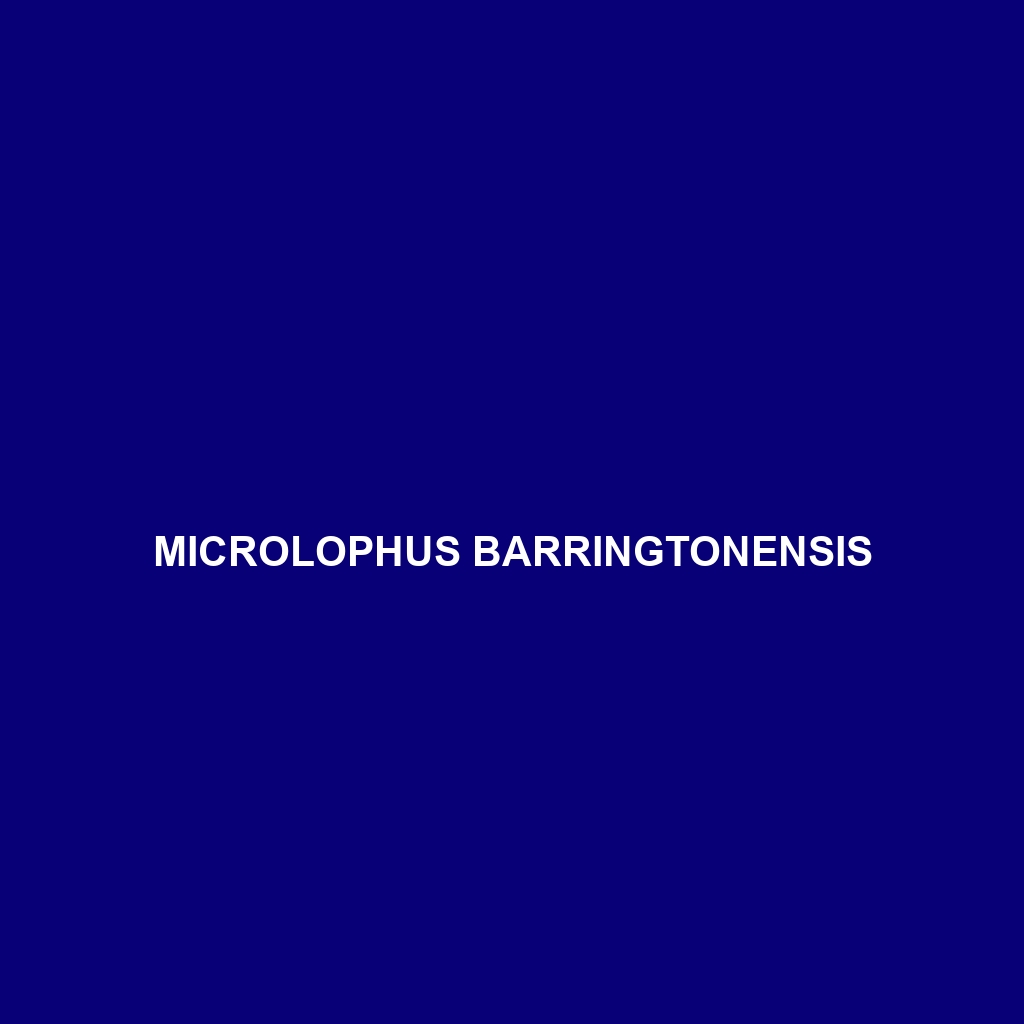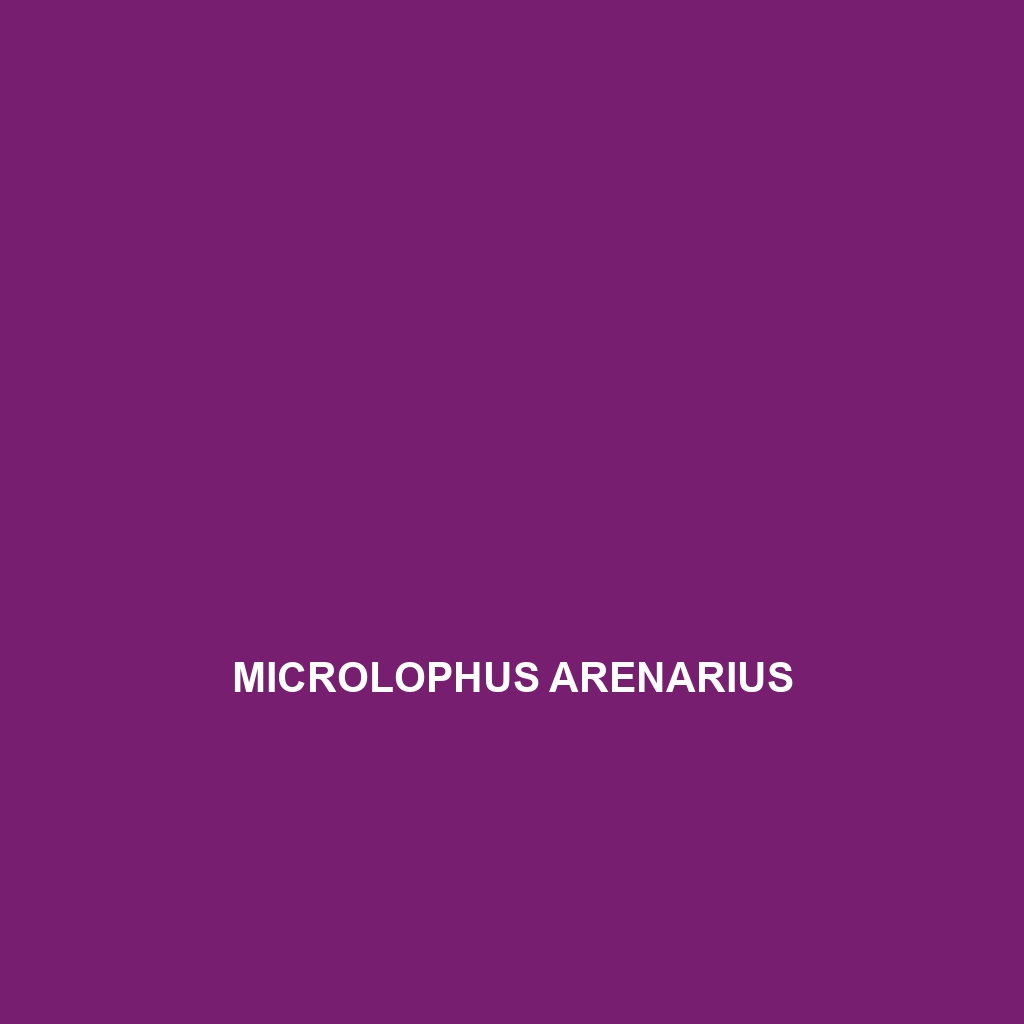The Galápagos Gecko (Phyllodactylus galapagensis) is a small, nocturnal lizard found in the diverse habitats of the Galápagos Islands, characterized by its light brown or gray skin, enlarged toe pads for climbing, and a diet primarily consisting of insects. This species plays a vital role in its ecosystem by regulating insect populations and serving as prey for larger predators.
Tag: Galapagos fauna
Microlophus theresioides
Discover the vibrant Galápagos Lava Lizard (Microlophus theresioides), known for its striking coloration and unique adaptations to rocky volcanic habitats in the Galápagos Islands. This diurnal insectivore plays a crucial role in the ecosystem by regulating insect populations and serving as prey for larger predators.
Microlophus theresiae
<p><b>Microlophus theresiae</b>, also known as the Galápagos lava lizard, is a small, diurnal lizard native to the Galápagos Islands, recognized for its slender body, adaptability to rocky volcanic landscapes, and role in controlling insect populations. This species exhibits fascinating social behaviors during mating and is essential for maintaining the ecological balance of its habitat.</p>
Microlophus quadrivittatus
The Galapagos Lava Lizard (Microlophus quadrivittatus) is a resilient species native to the volcanic landscapes of the Galapagos Islands, characterized by its unique coloration, diurnal behavior, and omnivorous diet. With a length of 20 to 25 cm, this fascinating lizard plays a crucial role in its ecosystem by regulating insect populations and aiding in plant pollination.
Microlophus jacobii
<b>Microlophus jacobii</b>, commonly known as Jacob's lava lizard, is a striking species found in the Galápagos Islands, notable for its slender body, colorful patterns, and robust spiny tail. Primarily insectivorous, these lizards play a vital role in their ecosystem by controlling insect populations and providing a food source for larger predators.
Microlophus duncanensis
Discover the unique Microlophus duncanensis, a medium-sized lizard native to the Galápagos Archipelago, thriving in arid coastal zones and rocky areas. This resilient omnivore exhibits fascinating diurnal behavior, intricate courtship displays, and plays a critical role in the ecosystem by regulating insect populations and aiding in seed dispersal.
Microlophus barringtonensis
Discover the unique Microlophus barringtonensis, a vulnerable lizard from the Galápagos Islands, thriving in diverse habitats such as dry forests and savannas. This diurnal omnivore showcases vibrant coloration, a distinctive dewlap for social displays, and plays a vital role in its ecosystem by controlling insect populations and aiding in seed dispersal.
Microlophus albemarlensis
Discover the unique Microlophus albemarlensis, or Galápagos land iguana, known for its remarkable camouflage and adaptations to the arid ecosystems of the Galápagos Islands. This herbivorous reptile thrives on a diet of leaves and fruits, playing a crucial role in maintaining plant diversity and seed dispersal in its habitat.
Microlophus arenarius
<p>The <b>Microlophus arenarius</b>, commonly found in the Galápagos Islands' coastal habitats, is a small, agile lizard measuring 10 to 12 cm in length, featuring distinctive coloration that provides effective camouflage. As an omnivore, it plays a vital role in the ecosystem by controlling insect populations and aiding in seed dispersal.</p>
Small Fernandina Galapagos Mouse
Discover the fascinating Small Fernandina Galapagos Mouse, a unique rodent endemic to the Galapagos Islands. Thriving in the rocky terrains of Fernandina Island, this nocturnal creature plays a crucial role in its ecosystem through seed dispersal and serves as a vital food source for native predators. Learn about its physical characteristics, diet, behavior, and the conservation challenges it faces in this captivating blog post.

